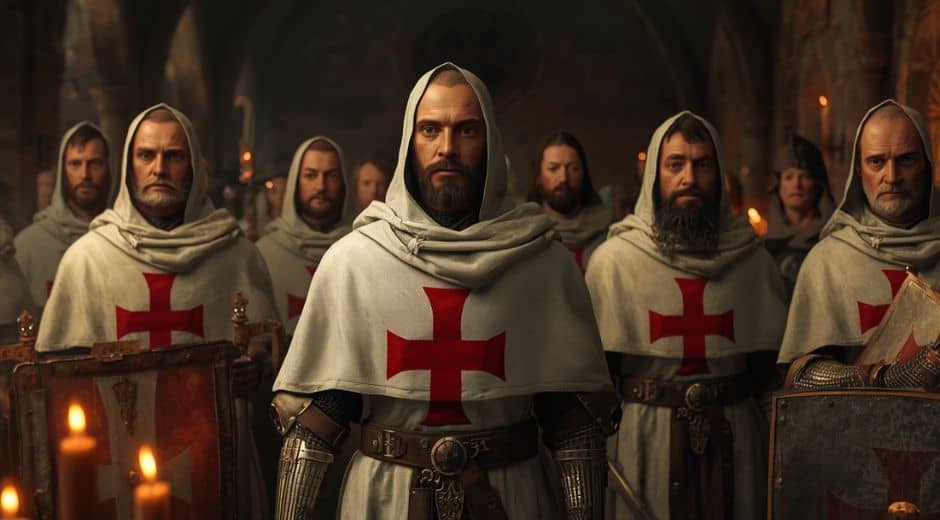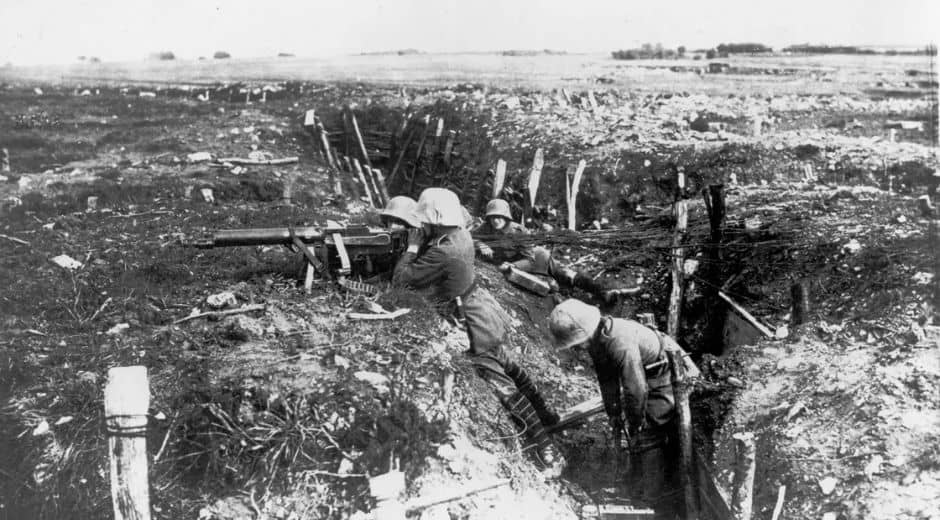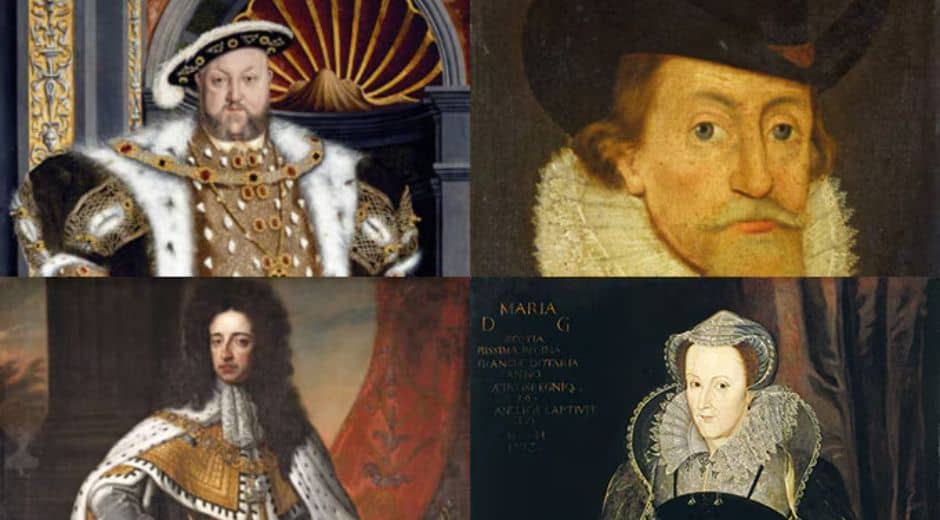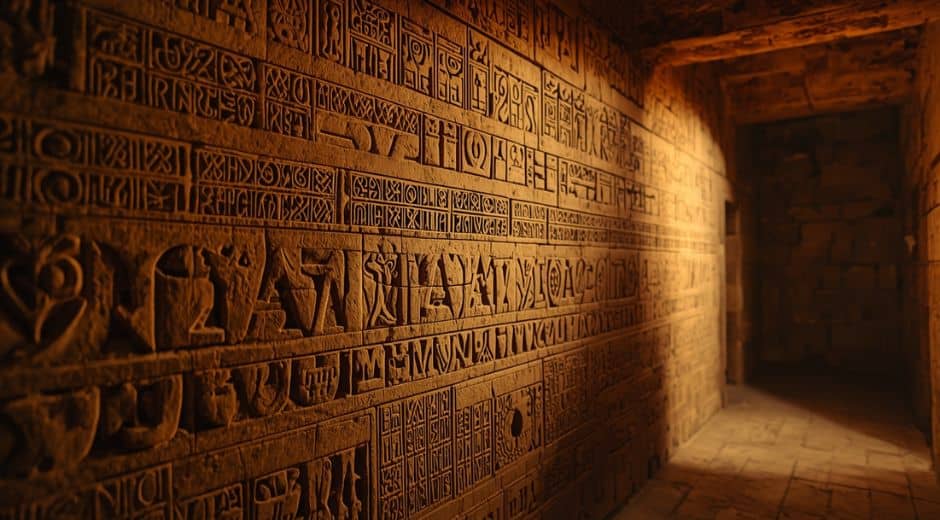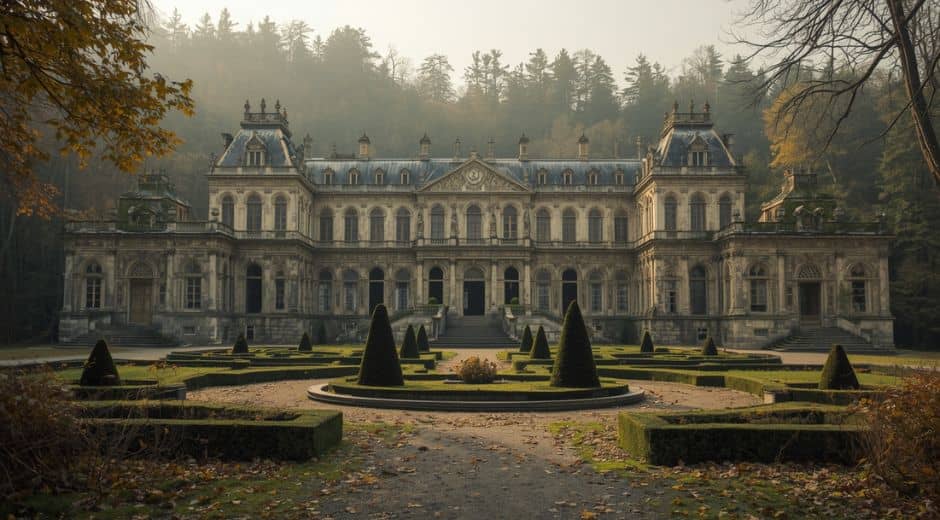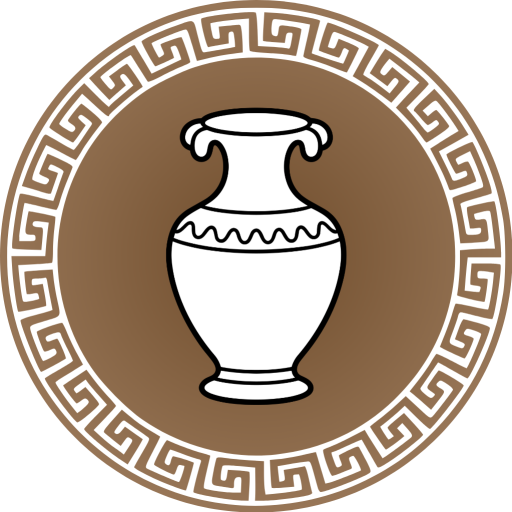Knights Templar: Secrets and Power Revealed
Throughout the shadows of European history, few names carry as much mystery and fascination as the Knights Templar. They were warriors, monks, and bankers, sworn to defend the faith yet surrounded by an aura of secrecy that still captivates imaginations today. The story of the Knights Templar is one of power, betrayal, and hidden legacies that extend far beyond their time.
Origins in Faith and Purpose
The Knights Templar emerged in the early 12th century during the aftermath of the First Crusade. Officially founded to protect Christian pilgrims traveling to the Holy Land, their mission soon expanded beyond defense. They developed a strict code of conduct, blending religious devotion with military discipline.
The order quickly gained fame and wealth, supported by European monarchs and the Church. Their white mantles emblazoned with a red cross became a symbol of sacred duty. Yet behind their noble image, the Knights Templar built an intricate system of influence that would soon rival kings and popes alike.
A Network of Wealth and Power
As the Crusades continued, the Knights Templar established a sophisticated financial network across Europe and the Middle East. They offered early forms of banking, allowing pilgrims to deposit money in one region and withdraw it in another. This innovation made them immensely powerful.
Their fortresses stretched from Jerusalem to Paris, serving as centers of trade, intelligence, and diplomacy. They became not only warriors of faith but also guardians of wealth. The Knights Templar amassed land, treasures, and political connections, their influence touching every corner of medieval society.
For a detailed exploration of their financial systems, visit History.com, which provides deep insights into how this medieval order helped shape early European economics.
Hidden Knowledge and Esoteric Beliefs
The mythic aura surrounding the Knights Templar is often tied to their rumored possession of secret knowledge. Some legends claim they discovered the Holy Grail or sacred relics beneath the ruins of Solomon’s Temple. Others believe they preserved ancient wisdom from earlier civilizations.
While historians remain divided on these claims, what’s undeniable is that the Knights Templar cultivated mystery intentionally. Their rituals were private, their archives secret, and their members bound by oaths that fueled speculation for centuries. Even today, their symbols appear in art, architecture, and modern organizations, keeping their mystique alive.
The Fall of the Order
By the early 14th century, the Knights Templar had become too powerful for their own good. King Philip IV of France, heavily indebted to the order, saw an opportunity to destroy them. On Friday, October 13, 1307, he ordered the arrest of all Knights Templar in France. Accused of heresy, blasphemy, and corruption, they faced brutal interrogations and executions.
The suppression of the order was swift and ruthless. In 1312, under pressure from Philip, Pope Clement V officially dissolved the order. Yet many records suggest that some members escaped with their wealth and documents, vanishing into the shadows. This disappearance only deepened the legends surrounding the Knights Templar.
Legacy Through the Ages
Despite their violent end, the legacy of the Knights Templar endured. Their pioneering financial systems influenced modern banking. Their architectural innovations inspired Gothic design across Europe. Even their disciplined lifestyle set a precedent for later military orders.
In folklore, the Knights Templar became symbols of hidden wisdom and eternal guardianship. From novels to films, they’ve been portrayed as secret keepers of divine truth or protectors of sacred relics. The blurred line between fact and myth makes them one of the most intriguing subjects in medieval history.
Connections to Modern Myths
Modern secret societies and conspiracy theories often trace their roots to the Knights Templar. Freemasons, in particular, are frequently linked to them, though historical evidence is limited. What connects these groups is their shared fascination with symbolism, secrecy, and initiation.
The concept of hidden brotherhoods preserving ancient knowledge still resonates. Whether seen as villains or visionaries, the Knights Templar represent humanity’s eternal search for meaning beyond the visible world.
For further analysis of medieval influence on modern ideologies, explore SportSoulPulse, where you’ll find studies connecting ancient orders with present-day thought.
Internal Link Integration
At Chronostual, we reveal the stories history tried to bury. The Knights Templar, often seen only as warriors, were also architects of faith, economy, and mystery. Their downfall marked the end of one era and the birth of another — a shift from medieval unity to the complex political landscapes of Europe that followed.
Conclusion
The Knights Templar remain a paradox of faith and secrecy, light and shadow. Their rise demonstrated how devotion could lead to dominance, while their fall revealed how power attracts persecution. Centuries after their disappearance, their name still evokes curiosity and reverence.
Behind the myths lies a simple truth: the Knights Templar were visionaries of their time, shaping not only the battlefield but also the structure of modern society. In understanding them, we uncover not just hidden histories but reflections of our own quest for truth, order, and purpose.
History Insight Legacy

The French Revolution: When the People Rose
The French Revolution ignited a new era of freedom, equality, and human rights, transforming society and inspiring movements that shaped the modern world.

Leonardo da Vinci: Genius Beyond Time
Leonardo da Vinci, the ultimate Renaissance mind, merged art, science, and imagination to redefine creativity and human potential across centuries.
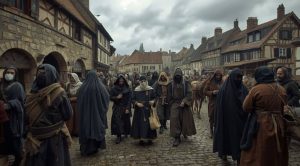
The Black Death: Hidden Impact Behind the Plague
The Black Death reshaped medieval Europe in ways beyond devastation, triggering hidden social, cultural, and economic transformations that redefined civilization.
